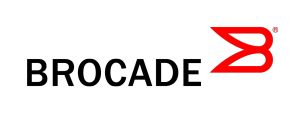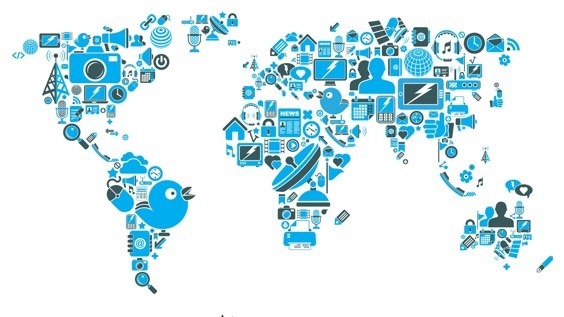Over the past few years you have probably heard whispers of the Internet of Things (IoT). Murmurs of increased efficiency, interconnectivity and artificial intelligence sound innovative and like the technology of the future, but is it really possible? Fortunately, it is. Even better? You can start utilizing IoT in your organization relatively easily now.
This month’s DorobekINSIDER Live, “What’s the Deal with IoT?” brought together Sokwoo Rhee, Ph.D. and Associate Director of Cyber-Physical Systems at NIST; Dan Hoffman, Chief Innovation Officer in Montgomery County, Maryland; Daniel Castro, Vice President at the Information Technology and Innovation Fund; and Francesca El-Attrash to expand on the ideas in GovLoop’s recent guide “Your Questions Answered: The Internet of Things in Government” and explain how you can begin implementing IoT in your agency today.
Moderator, Chris Dorobek started the session by underscoring the confusion that often surrounds IoT. El-Attrash was able to alleviate some of this confusion by explaining, “in simple terms, IoT is automated machine to machine communication with little to no human interference.” She continued by highlighting that most people think of fitness devices and unattainable futuristic technology when they think of IoT when in reality, organizations are already establishing IoT programs to drive organizational efficiency.
However, in order for IoT to prosper, all of the experts agreed that we must reflect on how far IoT has come and be able to identify where it is going. Rhee explained, “the discussion has shifted from asking if IoT is even possible to asking how can we maximize the real value of IoT?” As organizations move forward with IoT they must explore how they can make the technology more broadly applied and adopted so the benefits of IoT enabling technology can reach more people.
From a state and local perspective, there is a relatively stable understanding of what information sharing does and does not work. Hoffman emphasized, “our focus right now at the state and local level is thinking through programs that involve IoT so we can avoid future costs.” For example, a fleet of busses put into operation this year may not be fitted for IoT technology which can be problematic when a city transportation department wants to utilize those busses in an IoT program next year.
The federal approach to IoT is a little trickier because there is not as much low hanging fruit, like transportation, in the federal space. “Unlike cities and counties, the federal government lacks a coordinated IoT effort,” Castro explained. He continued, “we see small pockets of IoT projects but there is no overall vision within agencies that incorporates IoT into their mission. As a result, we need agency leaders to step up and recognize the importance of IoT.”
In order to address some of this issues moving forward at all levels of the public sector, organizations must develop an IoT action plan. This allows them to start discussing IoT in a targeted way that can then lead to setting goals and developing programs. The experts identified three main steps to initiating an IoT action plan:
- Start having the conversation: Innovation cannot occur unless people are talking about it. Get the right people in a room together and start exploring what technology is available and how it can be used in your agency. Castro emphasized, “collaboration within agencies is key so decision makers can sit down and discuss how IoT can deliver value to the agency and the people they serve.”
- Identify where you can benefit from IoT: Not every IoT program is going to work for every agency. You have to be able to identify where your organization can derive the most value from IoT. For Hoffman in Montgomery County, this was transportation. However, a rural county may be more interested in utilizing IoT in other issue areas.
- Get ideas out there: There’s little chance organizations will succeed in implementing IoT unless they get their ideas out there and attract funds. This was exemplified in the Department of Transportation’s recent Smart Cities Challenge. The challenge offered $40 million in funding to the city who could come up with the best plan to incorporate innovative technologies into their transportation network.
While Columbus, Ohio won the challenge, many other cities were able to secure funding from outside sources based on the plans they came up with. Hoffman underscored, “the Smart Cities Challenge made cities think about next steps. This is crucial even for the cities who did not get the funding because it brought together problem solvers and stakeholders.”
While the government is ready to embrace IoT, many members of the general public are not. Individuals are often scared by the idea of interconnectivity and are unsure what this means for them and their privacy. Hoffman emphasized that constituent education is the best way to counter public fears. “With every new program, the organization has to be able to take it to the public and explain what the program does, why it is safe, and what the benefits of the program are.” This approach alleviates fears and ensures the new technology is clearly benefiting the public.
Think your agency is ready to take the IoT plunge? Overcoming the aforementioned challenges will be crucial to implementation of IoT programs at your agency. You may have a long road ahead but Rhee assured, “be open minded about the applications and impacts of IoT and be prepared to think across government. Cooperation is key for taking the next step with IoT.”
Still have questions? Listen to the full online training here, and download GovLoop’s guide here.








Leave a Reply
You must be logged in to post a comment.